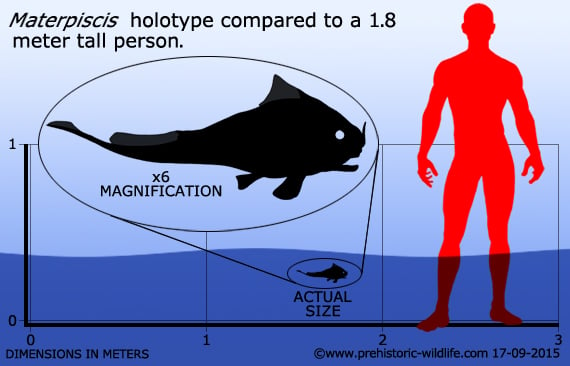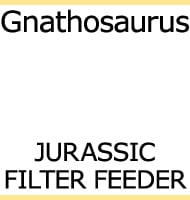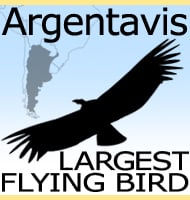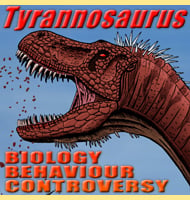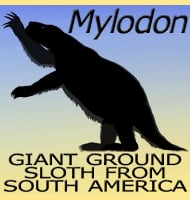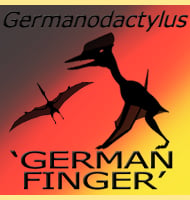In Depth
The Gogo Formation of Australia is easily one of the most important areas in the world concerning the study of Devonian era fish, and of these the genus Materpiscis is one of the most significant. The reason for this is that the holotype specimen of Materpiscis is a pregnant female with a single embryo inside. This is conclusive proof that Materpiscis did not lay eggs that were then externally fertilised by males, but instead hatched out and developed young inside of its body. The holotype even preserves the umbilical cord which would have allowed oxygenated blood and nutrients to flow into the body of the developing embryo. The embryo was already a quarter of its expected adult size, perhaps meaning that it was near to being born when the mother fish died, but also that it would have been very well developed, giving the young fish a much better chance of survival against predators.
This has confirmed a long standing theory that ptyctodontid placoderms gave birth to live young given that genera that are known from male and female specimens display claspers in the males and smooth pelvic fin bases in females. These features allow the males to grip hold of the females while they insert sperm inside the female’s body. Males of fish species without claspers wait for females to lay eggs and then swim over the top of them depositing sperm over the top. Although fish are commonly perceived as egg layers, with 97% of known species doing this, live birth in fish is still well documented even in modern fish.
Materpiscis seems to have been a fairly slow swimming fish that spent much of its time near the bottom. The tail is elongated and developed so that it did not brush against the bottom even when the forequarters of the fish were close to touching it. The fore fins are broad and well developed perhaps indicating that Materpiscis was adapted more for stability and manoeuvrability. The teeth of Materpiscis were adapted into crushing plates, strongly suggesting that Materpiscis fed upon tougher shelled animals that may have been living on the bottom. Two small protrusions rose up from the tip of the snout, but their purpose and possible function is still unknown.
Aside from Materpiscis, a specimen of the genus Austroptyctodus also from the Gogo Formation has been found with three juvenile embryos inside a pregnant female. This indicates that Materpiscis was not the only genus capable of bearing live young, and perhaps the practice was relatively common in some type of placoderm fish.
Materpiscis means ‘Mother fish’, and is of course a reference to the live birth displayed in the holotype. The species name attenboroughi is in honour of the naturalist David Attenborough best known for presenting numerous productions about life and the planet, including raising the profile of the Gogo Formation. David Attenborough has had many animals and plants named in his honour, and before the type species of Materpiscis was established, a plesiosaur genus Attenborosaurus was named after him in 1993.
Further Reading
- Live birth in the Devonian period. - Nature 453 (7195): 650–652. - J. A. Long, K. Trinajstic, G. C. Young & T. Senden - 2008.
